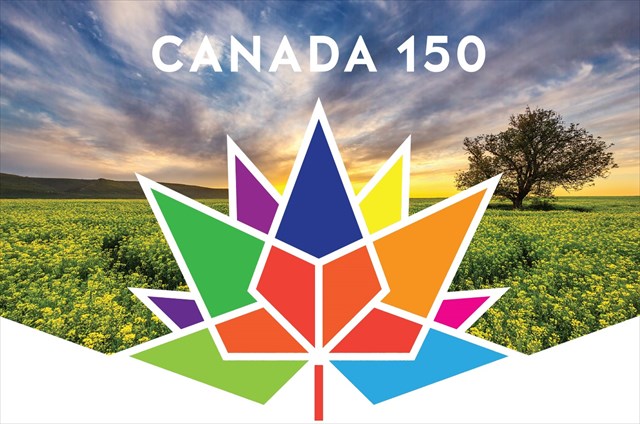
SAINT-LOUIS – CANADA150
*Please BYOP* You are looking for a black nano magnetic container
The founding of the village of Saint-Louis can be attributed to three Francophone families: the Bouchers, Bremners and Boyers. In 1882, these families set out in a wagon train heading west, fleeing the plagues that had fallen on their land and seeking a better future. After a long trek, they stopped at the place that would later become Saint-Louis.
The first post office, called Boucher, opened in 1888. A new post office opened in May, 1897 and it was named Saint-Louis. The name Saint-Louis was officially adopted for the village in 1956.
Many Fransaskois families still live in the region today.
*S'il vous plaît, apportez votre crayon* Vous cherchez un contenant nano magnétique noir
On doit la fondation du village de Saint-Louis à trois familles francophones ; Boucher, Bremner et Boyer. En 1882, ces familles partirent avec une caravane vers l’ouest, fuyant les fléaux qui s’étaient abattus sur leurs terres et cherchant un avenir meilleur. Après une longue marche, ils s‘arrêtèrent à l’endroit qui allait devenir plus tard Saint-Louis.
En 1888, un premier bureau de poste ouvrit ses portes sous le nom de Boucher. C’est au mois de mai 1897 qu’un nouveau bureau de poste prit le nom de Saint-Louis. Le nom de Saint-Louis fut officiellement approuvé pour le village en 1956.
Encore aujourd’hui, de nombreuses familles fransaskoises vivent dans la région.
